
Inhaltsverzeichnis
The Plate Method – Dein Teller zeigt dir, wie ausgewogen deine (vegane) Ernährung ist
Wenn man sich ein wenig intensiver mit gesunder Ernährung befasst, kann das ganz schön verwirrend sein. Kein Wunder also, dass Ernährungswissenschaft ein mehrjähriger Studiengang ist… Aber gesunde, ausgewogene Ernährung muss nicht anstrengend sein. Zum Glück gibt es Hilfestellungen, die einem den Alltag erleichtern. Eine davon ist die “Plate Method”. Diese möchte ich dir heute genauer vorstellen.
Wo fange ich an?!
Du kennst bestimmt die “5-am-Tag”-Empfehlung der Deutschen Gesellschaft für Ernährung, oder? Gemeint ist, dass 5 Portionen Gemüse und Obst am Tag (3 x Gemüse, 2 x Obst) verzehrt werden sollten, um die Gesundheit aufrecht zu erhalten. Anders gesagt: 400 g Gemüse und 250 g Obst täglich sollen uns dabei helfen, das Risiko für Krebs und Herz-Kreislauf-Erkrankungen zu senken. Es gibt natürlich noch weitere Empfehlungen bezüglich anderer Lebensmittel-Subgruppen wie Getreide, Milch, und Fleisch. Bestimmt ist dir auch schon einmal die Ernährungs-Pyramide begegnet. Und so wichtig diese Art von Informationen auch sein mögen, wirklich praktisch und anschaulich sind sie nicht. Wer wiegt schon täglich seine Essensportionen oder misst Portionsgrößen an den Händen ab? Gerade, wenn für mehrere Personen gekocht wird?
Eine visuelle und deutlich einfachere Methode ist da die “Plate Method”. Mache dir also den Teller, auf dem im Endeffekt eh deine Mahlzeit landet, zunutze: Er kann dir eine ganze Menge Auskunft darüber geben, wie ausgewogen dein Essen ist.
The Plate Method – Die “Teller-Methode”
Die Teller-Methode ist keine super innovative, bahnbrechende neue “Erfindung”. Viele Beratungsstellen und Ernährungsexperten nutzen sie bereits seit langem, um Menschen anschaulich zu erklären, wie genau die einzelnen Komponenten einer ausgewogenen Ernährung aussehen sollten. Auch die Portionsgrößen werden visualisiert. Es gibt verschiedene Ausführungen der Plate Method: Spezialisiert für Kinder, (männliche und weibliche) Diabetiker, Allergiker, Vegetarier, etc. In diesem Post stelle ich die Plate Method für eine pflanzliche Ernährungsweise vor, denn eine Spezifizierung auf diese Art von Ernährung hat mir persönlich lange gefehlt.
So, jetzt lass uns aber endlich zum Punkt kommen! :)

So funktioniert die Plate Method
1. Obst und Gemüse: ½ des Tellers
Die Vorzüge von Obst und Gemüse sind (quasi) endlos: Vitamine, Mineralien, Antioxidantien, Ballaststoffe… Egal ob roh, gekocht, gedämpft, gebraten: Gemüse kann man in vielerlei Varianten auf den Teller bringen. Du kannst diese Hälfte deines Tellers mit allen lokalen, saisonalen Gemüse- und Obstsorten füllen, die du finden kannst. Am wichtigsten ist aber natürlich, dass du Lebensmittel wählst, die dir schmecken!
Zusätzlich kannst du dich an den Farben der Obst- und Gemüsesorten orientieren: Grünes Gemüse wie Brokkoli, Blattgemüse und Kohlsorten sind immer zu empfehlen! Auch oranges Gemüse und Obst (was gerne vergessen wird), darf reichlich auf deinem Teller landen. Dazu gehören beispielsweise Orangen, Karotten, orange Paprika und Kürbis. Vergiss auch nicht, dass du hier auch tiefgefrorenes Obst und Gemüse verwenden darfst/kannst! Das stellt manchmal eine schnelle und einfache Ergänzung bzw. Alternative zu frischen Produkten dar.
2. Getreide: ¼ des Tellers
Getreide ist eine super Quelle für komplexe Kohlenhydrate und Ballaststoffe. Besonders Vollkorn sorgt für eine erhöhte Ballaststoffzufuhr. Als Quellen dienen dir hier beispielsweise Haferflocken, Reis, Vollkornbrot, Pasta, Bulgur, Quinoa, Hirse, Gerste, Amaranth und Buchweizen.
Oftmals werden zu dieser Kategorie auch Lebensmittel wie Kartoffeln, Linsen, Bohnen und andere Hülsenfrüchte gezählt. In dieser Variante der Teller-Methode gehören besonders die Hülsenfrüchte aber in die nächste Kategorie, da sie für Veganer*innen vorrangig eine wichtige Proteinquelle darstellen. Man sollte sich im Endeffekt einfach darüber bewusst sein, dass diese Lebensmittel zum Teil auch kohlenhydratreich sind.
3. Pflanzliche Proteine: ¼ des Tellers
Das letzte Viertel des Tellers sollte mit Proteinen gefüllt werden. Eiweiße helfen uns unter anderem dabei, lange satt zu bleiben und sorgen dafür, dass unser Blutzuckerspiegel nicht zu schnell ansteigt. An dieser Stelle seien Sojaprodukte wie Tofu, Tempeh und Edamame genannt, aber auch Seitan, Erbsen, Linsen, Bohnen, Kichererbsen, und die meisten Fleisch-Ersatzprodukte.
Das war’s aber noch nicht: Ein schöner Weg, mehr gesunde Fette und Proteine in die Ernährung einzubinden sind darüber hinaus Samen und Nüsse. Sonnenblumenkerne, Hanfsamen, Kürbiskerne, Mandeln, Walnüsse, Erdnüsse, und verschiedenste Nussmuße sind hier nur einige Beispiele. Diese eignen sich besonders als Topping für deine Mahlzeit. Sie sorgen nicht nur für eine noch ausgewogenere Ernährung, sondern auch für den Extra-Crunch!
Der Teller ist voll: War’s das jetzt?
Nicht ganz. Denn für eine wirklich ausgewogene Ernährung sind noch drei weitere Kategorien wichtig: Fette, Calcium und gegebenenfalls Nahrungsergänzungsmittel. Du kannst diese Lebensmittelkategorien direkt in deine Mahlzeit mit einbauen, musst das aber nicht. Denn Calcium kannst du beispielsweise auch als Getränk zu dir nehmen, Fette lassen sich oft in Snacks einbauen. Ich möchte noch ein bisschen genauer auf diese drei Gruppen eingehen:
Calcium
Calcium ist wichtig für den Erhalt und das Wachstum unserer Knochen, und das nicht nur bei Kindern, sondern über unser gesamtes Leben. Dabei sind natürliche Calcium-Quellen den Ergänzungsmitteln stets vor zu ziehen. Sojamilch enthält ähnlich viel Calcium wie Kuhmilch, und kann super in Smoothies, Porridge oder Chai Latte’s eingebaut werden. Auch Mandel- Cashew- oder Kokosmilch und -Joghurts stellen prima Calciumquellen dar. Auch in Blattgemüse, Bohnen und Tahin findet sich Calcium, allerdings in geringeren Mengen.
Fette
Fette sind ebenso essentiell in einer ausgewogenen Ernährung. Sie sind sehr komplex und wichtig für viele Körperfunktionen. Bei vielen von uns herrscht immer noch die Ansicht, dass Fette schlecht seien und dick machen. Das stimmt so nicht, denn besonders essentielle Omega-3-Fettsäuren sind für eine gesunde Ernährung wichtig. Daher wollen wir schauen, dass wir besonders davon genügend abbekommen. Wir sollten generell darauf achten, dass wir Fette aus reichhaltigen Lebensmitteln beziehen, die neben Fett auch Ballaststoffe, Vitamine und Mineralien enthalten. Öle können wir auch verwenden, hier sollten wir aber auf die Dosierung achten.
Vegane Quellen für (gesunde) Fette sind unter anderem Avocados, Walnüsse, Mandeln und Cashews, Samen & Kerne wie Sonnenblumenkerne, Kürbiskerne, Leinsamen, Hanfsamen und Chiasamen. Auch Nussmuße, Oliven, und Kokos (z.B. Kokosmilch) können wir als Fettquellen in unsere Mahlzeiten einbauen.
Nahrungsergänzungsmittel
Ein Thema, bei dem ich mich nicht zu sehr aus dem Fenster lehnen möchte, da auch das eine sehr komplexe Angelegenheit ist und anfangs schwer zu durchschauen ist. Für Veganer*innen sind Nahrungsergänzungsmittel unter Umständen wichtiger als für Menschen mit einer omnivoren Ernährung. Besonders Vitamin B12 ist häufig in tierischen Produkten enthalten, weshalb Veganer*innen dies häufig supplementieren. Auch kann es (unter anderem abhängig davon, wo man lebt) nötig sein, Vitamin D zu supplementieren. Eine detaillierte Untersuchung des Blutes kann Auskunft darüber geben, ob bzw. welche Vitamine und Nährstoffe uns fehlen. Darüber hinaus kann ich Nico Rittenaus Buch “Vegan-Klischee ade!” empfehlen. Er behandelt Themen wie Nahrungsergänzungsmittel, geht aber auch auf alle anderen wichtigen Nährstoffe einer veganen Ernährungsweise ein.
Die Teller-Methode: Ein Fazit
Die Plate Method soll dir dabei helfen, einen Überblick über deine Ernährung und deine Portionsgrößen der einzelnen Komponenten zu bekommen. Es geht jedoch nicht darum, dass du deine Mahlzeiten ab sofort total akribisch auf deinem Teller hin und her schiebst, bis du die empfohlenen Mengen exakt erreichst. Auch möchte ich mit der Vorstellung dieser Methode nicht erreichen, dass du nie wieder entspannt auf deinen Teller blicken kannst. Die Methode soll uns eine Orientierung bieten und unseren bewussten Lebensmittelkonsum unterstützen. Manchmal lässt sich die Teller-Methode auch gar nicht so genau anwenden. Bestes Beispiel: Porridge kann ein sehr gesundes und ausgewogenes Frühstück sein, enthält meist aber mehr Getreide als Obst und Gemüse ;) .
Wenn du dich ein bisschen mit der Thematik auseinandergesetzt hast wirst du merken, dass du mit der Zeit automatisch ein besseres Gespür für eine ausgewogene Zusammensetzung bekommst. Deine Ernährung muss nicht immer “perfekt” sein (wessen Ernährung ist das schon?), viel wichtiger ist, dass du dich bewusst ernährst. :)
Wenn du noch mehr über die Themen gesunde Ernährung, Achtsamkeit oder Nachhaltigkeit erfahren möchtest, schaue doch mal hier vorbei.

Photo by Kevin McCutcheon on Unsplash







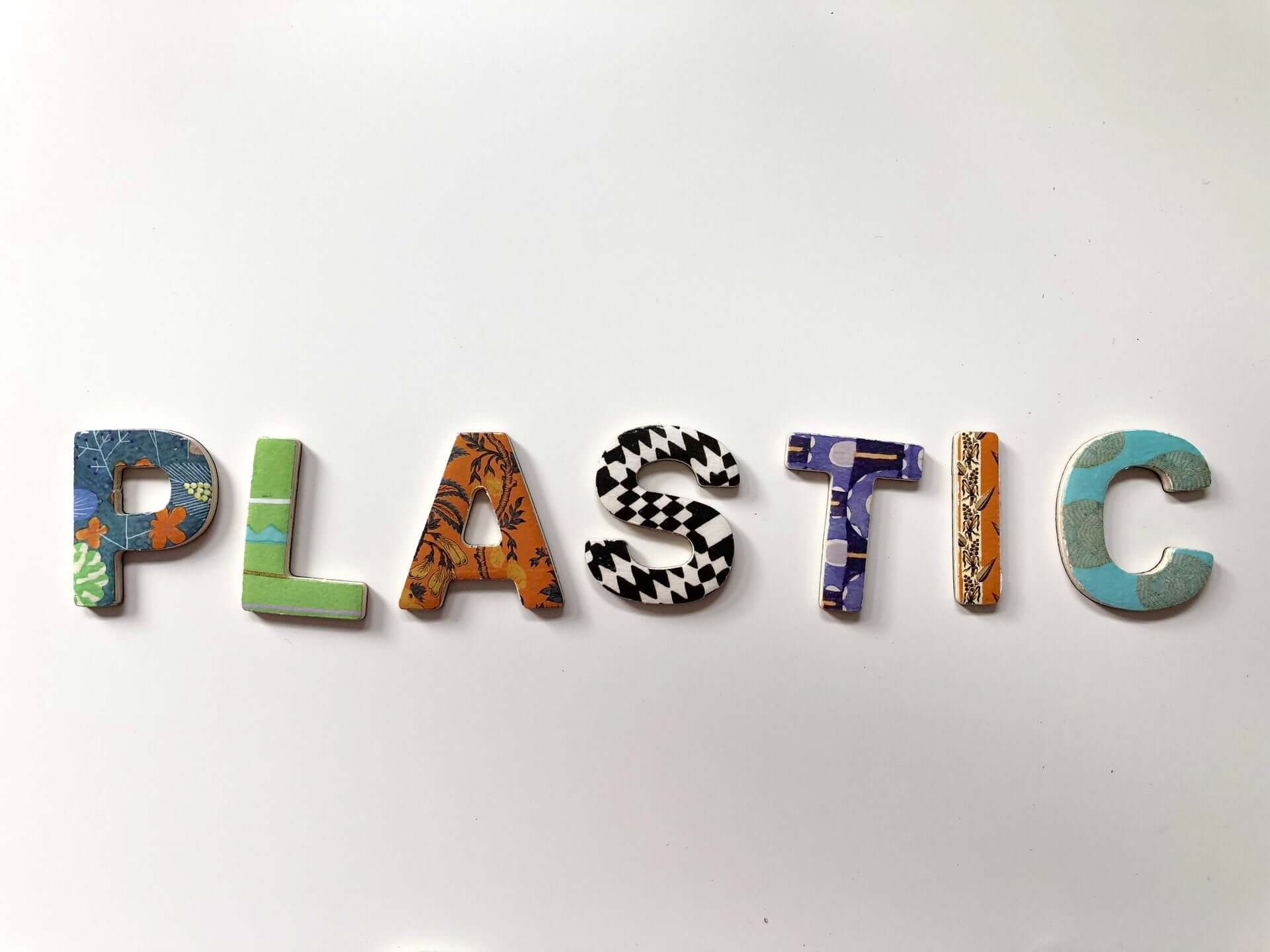

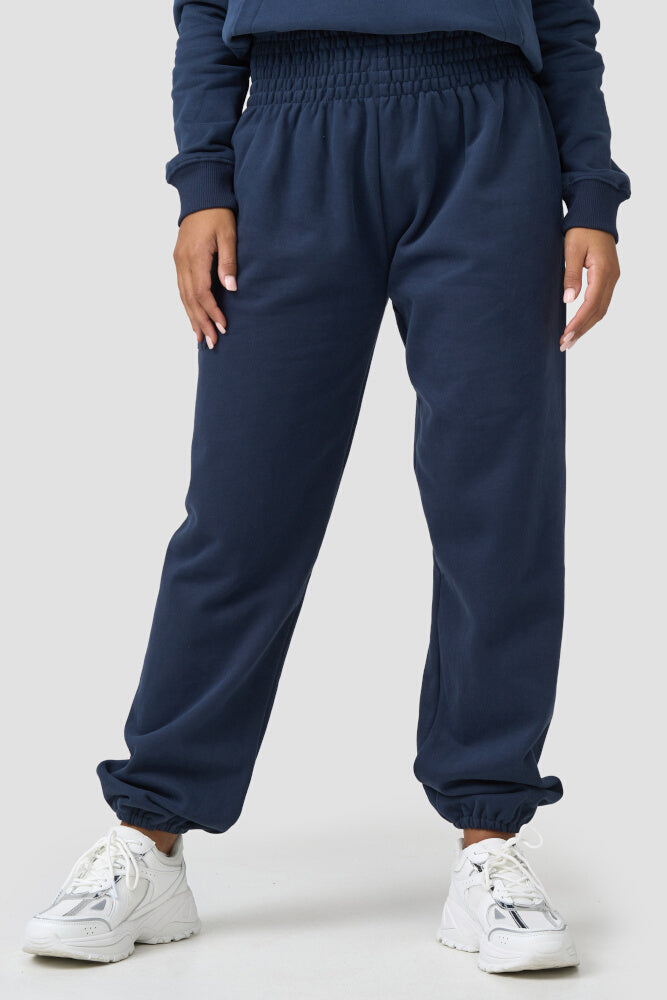

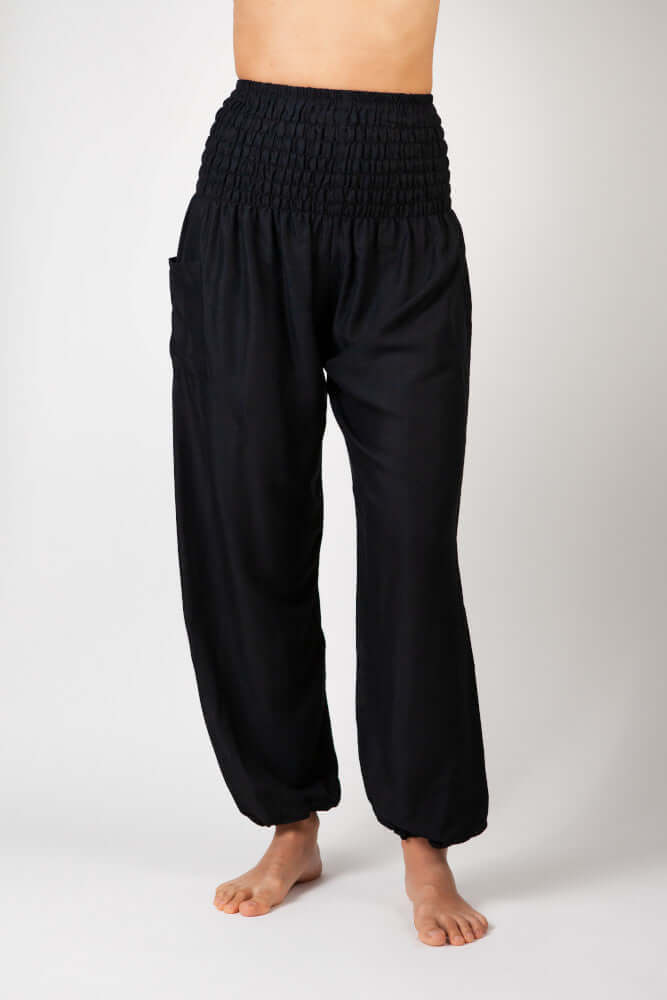

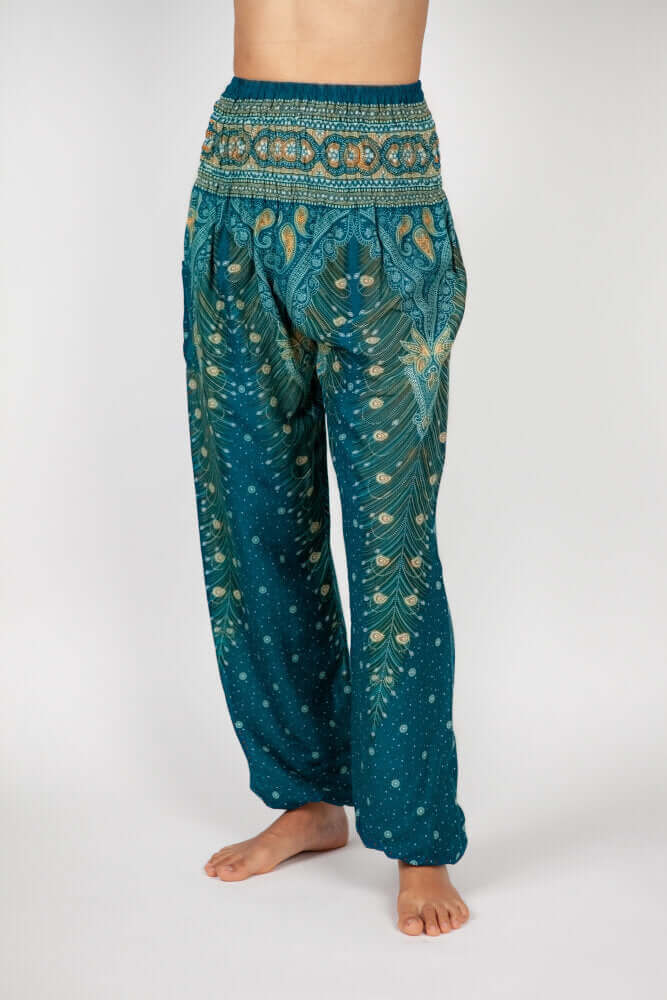

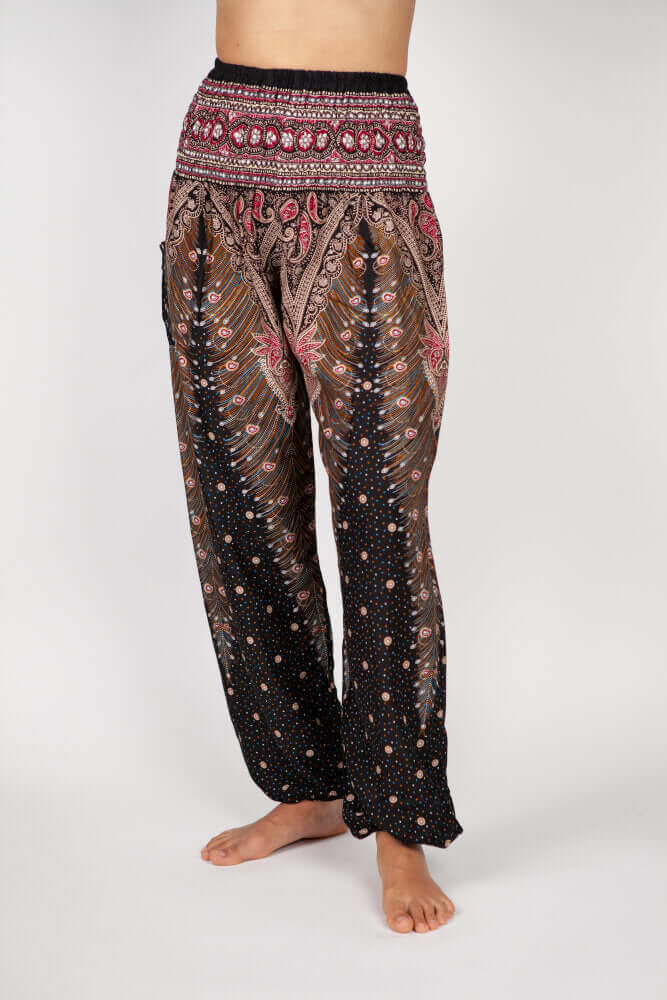



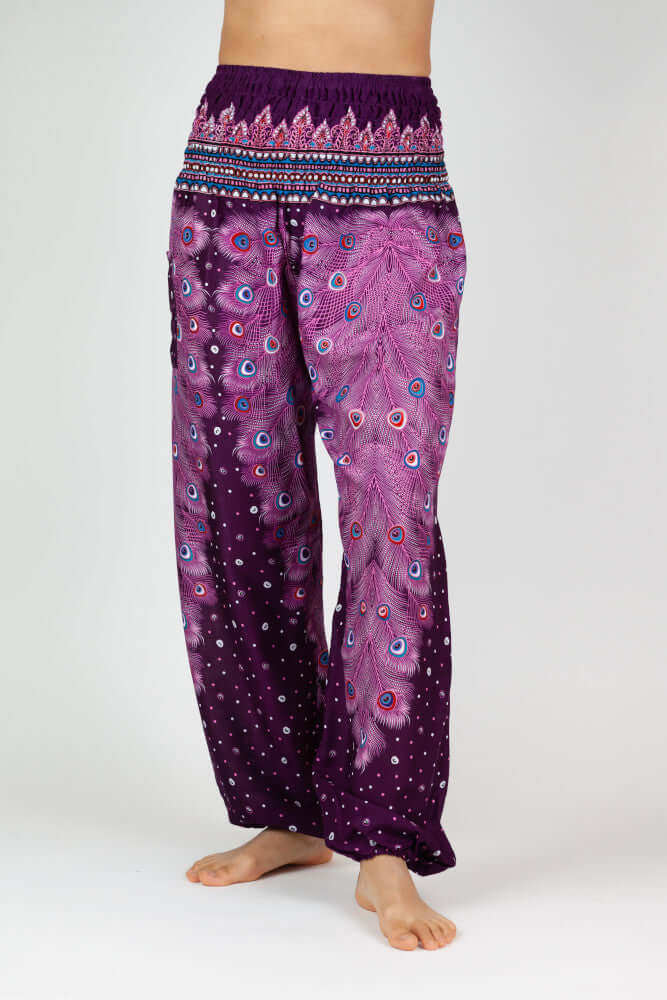





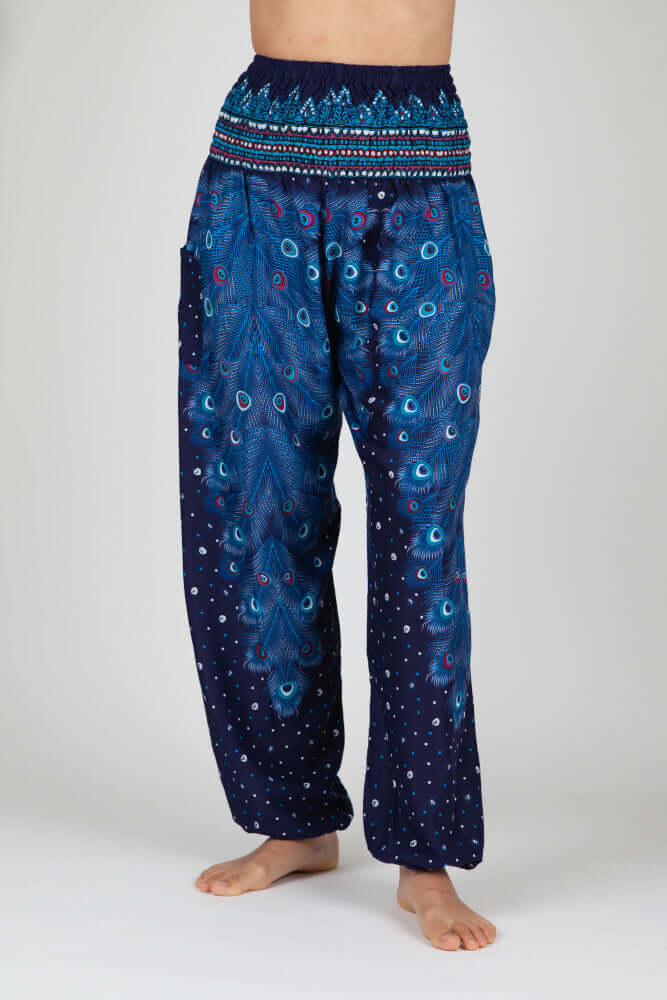

Leave a comment
This site is protected by hCaptcha and the hCaptcha Privacy Policy and Terms of Service apply.